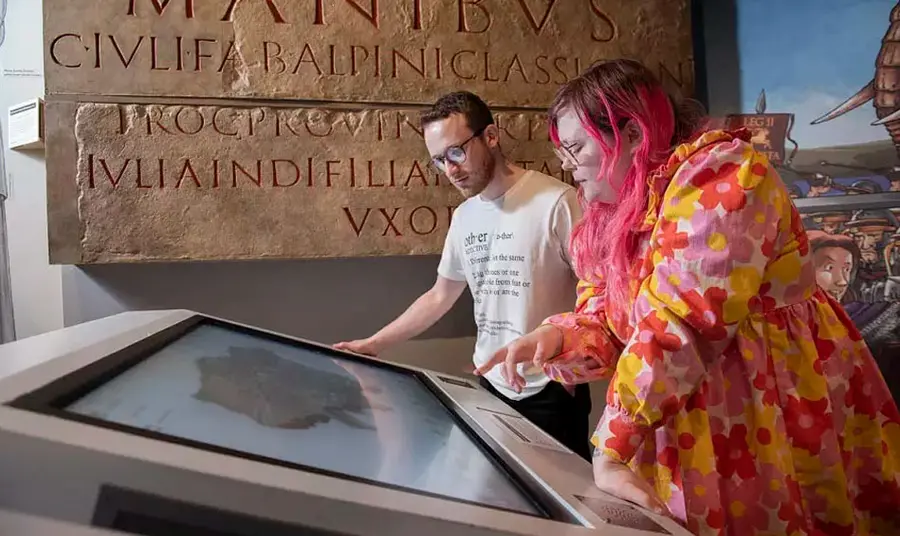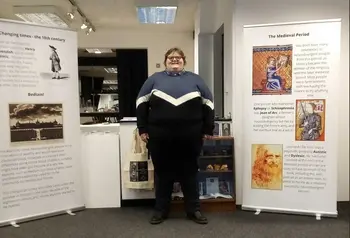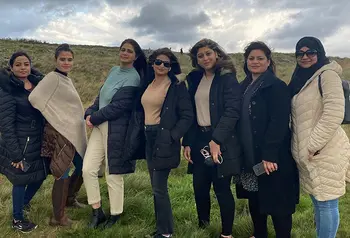Six tips for making heritage autism-friendly

As well as improving the experience of autistic visitors, these tips can help a wide range of people to get the most out of heritage.
Provide sensory resources
Resources like ear defenders and sensory maps which show the different levels of noise, light and other stimuli across a site are useful for people with sensory needs. The National Galleries of Scotland provides sensory maps of its galleries and art trolleys containing ear defenders and sensory materials.

Offer relaxed openings
Relaxed sessions give visitors the opportunity to enjoy a site in a calm environment without crowds, loud noises or overstimulating lighting and visuals. Craven Museum in Skipton offers monthly relaxed sessions and quiet spaces for anyone who needs them.
Create social stories
Social stories, visual stories and familiarisation guides use images and text to describe a situation and let people know what to expect. Alongside regular relaxed openings and autism-friendly events, Jodrell Bank has created a familiarisation guide to help people prepare for their visit.

Consult the community
RHS Garden Wisley partnered with the National Autistic Society (NAS) to help improve access to their site. In response to advice from NAS, Wisley introduced quieter sessions for events, social stories and sensory backpacks.
Train staff
By offering autism awareness training, St Mary’s Church, Stebbing is helping its staff and volunteers learn more about autism and develop the skills to welcome everybody to the site.

Involve people with lived experience
Autistic representation in staff and volunteers can also help more people connect with heritage. Curating for Change – a work placement programme for D/deaf, disabled and neurodivergent curators in museums – provided practical and achievable steps for employers to welcome a wider diversity of applicants.
Learn more
We want to support more heritage organisations to ensure everyone has opportunities to explore heritage, regardless of personal circumstances. We advocate for the social model of disability.
Liz Ellis, Policy Project Manager at The National Lottery Heritage Fund, says: “Informed by people with lived experience, the social model of disability views neurodiversity as another aspect of human difference, not as a deficit model. In listening to people who identify with autism, we can all take actions in making heritage more welcoming and inclusive.”
Find out more about autism-friendly resources and events at:
Planning your own heritage project? Read our inclusion good practice guidance for more advice on planning inclusive projects.


